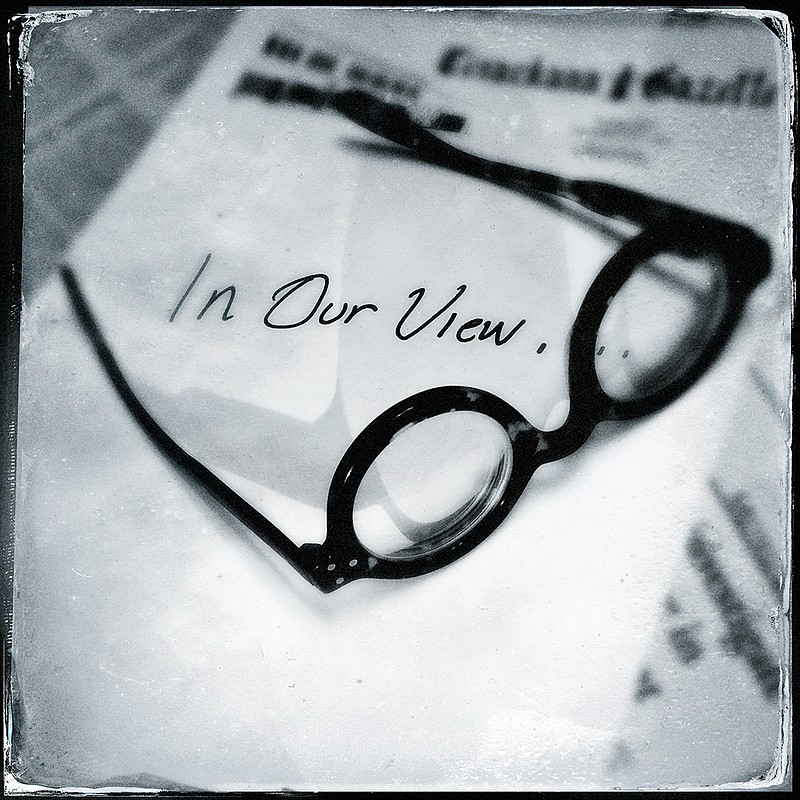B
ack in 1929 after the crash of the stock market sent the U.S. economy into the Great Depression, Congress came up with rules to prohibit the excess speculation that had fueled much of the frenzied greed leading to the meltdown.
The Glass-Steagle legislation in 1933 divided commercial and investment banking in order to protect customer deposits from being used for risky investments.
That worked for years, through World War II and the subsequent economic boom that followed. So much so that big banks and Wall Street started lobbying for repeal. Beginning in the 1980s and continuing into the 1990s, the federal government chipped away at Glass-Steagle until the Gramm-Leach-Bliley Act, signed by President Bill Clinton in 1999, put the final nail in its coffin.
Fast forward a few years. The big banks were even bigger, speculating more than ever, leveraged to the hilt using other people's money. The housing market was red hot, again fueled by debt. And then it all came crashing down.
Lawmakers rushed to do something. That something was the Dodd-Frank Act, passed to rein in speculation, protect consumers and increase oversight of financial institutions. It worked. The market recovered and boomed yet anew. So guess what? The banks are saying Dodd-Frank, like Glass-Steagle, is outdated, stifles competition and is no longer needed.
And Congress is listening.
This week, the U.S. House of Representatives voted to ease up on Dodd-Frank restrictions for most banks.
Philosopher, poet and author George Santayana is famous for the quote, "Those who do not remember the past are condemned to repeat it." A boom, lax regulation and then a bust. Millions of average Americans hurt. Most at the top-and their political allies-unscathed. We have seen it before. Have we learned anything? It sure looks like lawmakers and Wall Street haven't.

